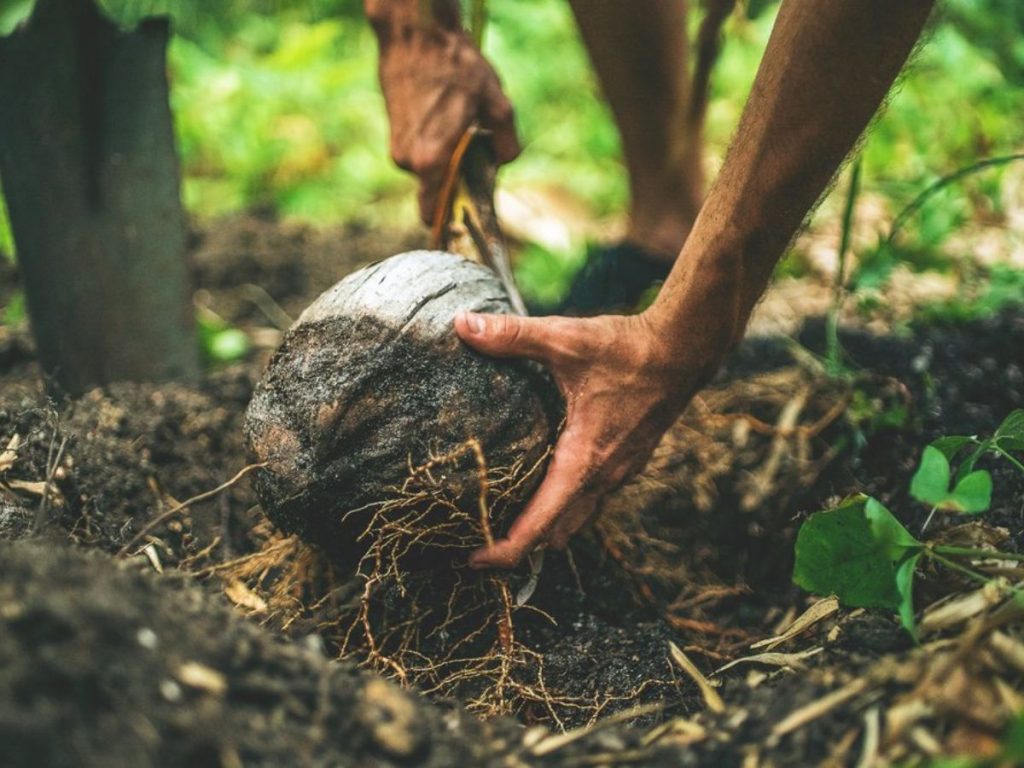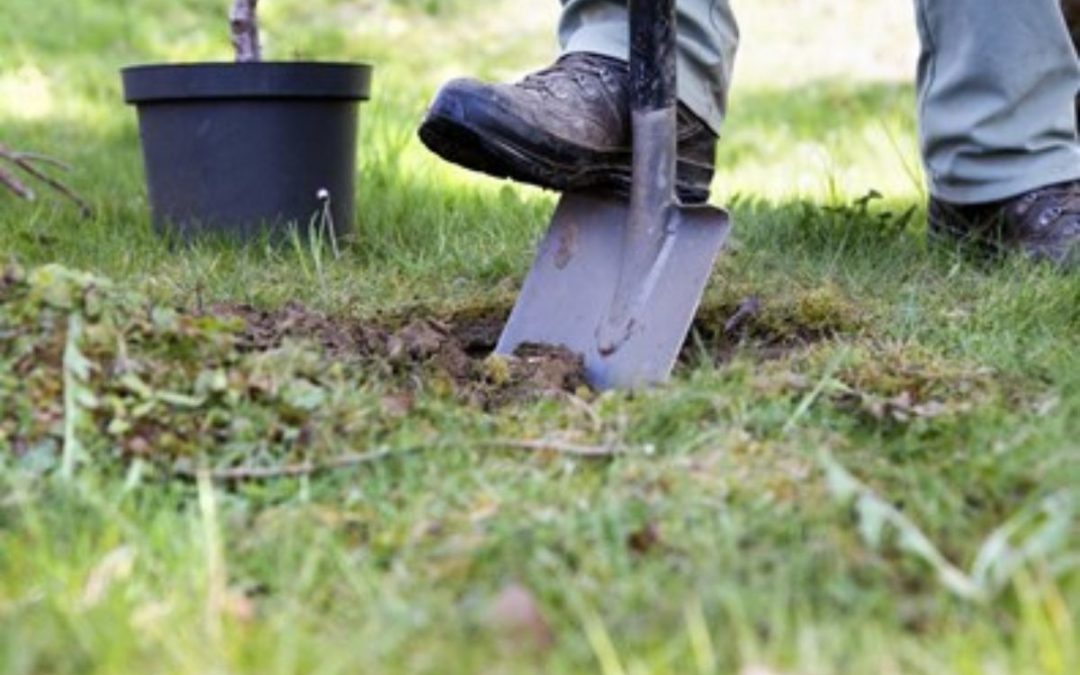How to Transplant Trees from the Wild
Tree transplanting is a process whereby a tree is moved from one location to another. This can be done for aesthetic reasons, such as when a homeowner wants to add a tree to their yard that isn’t available commercially, or for practical reasons, such as when a construction project requires the removal of a tree. Whatever the reason for transplanting a tree, it’s important to do it carefully to minimize the stress on the tree and ensure its survival. Here’s a step-by-step guide on how to transplant trees from the wild.
Step One: Choose Your Tree Carefully
Trees are important. They provide shade and beauty, and they can even increase your property value. But trees also require maintenance, and that’s where things can get expensive. Depending on the type of tree you have, you may need to hire a professional tree service to keep it healthy. That’s why it’s important to choose your tree carefully. In this blog post, we’ll give you some tips on how to select a tree that will be easy (and not too costly) to maintain.
Size Matters
One of the most important factors to consider when selecting a tree is its size. You may be tempted to choose a variety that grows quickly, but that’s not always the best idea. Quick-growing trees tend to have shallow root systems, which means they’re more likely to uproot in high winds or heavy rains. They also require more pruning than slow-growing varieties, which can add to the cost of maintaining them. Instead, opt for a slower-growing tree species. Not only will they be less expensive to maintain, but they’ll also be more resistant to wind and storm damage.
Consider Your Climate
When choosing a tree, it’s also important to consider your climate. Some trees are better suited for warm climates while others do better in cooler temperatures. Research the average temperature and precipitation in your area before selecting a species. That way, you can choose a tree that’s more likely to thrive in your climate and won’t require as much water or other maintenance.
Think About the Future
It’s easy to get caught up in the here and now when selecting a tree, but it’s important to think about the future as well. For example, if you’re planning on selling your home in the next few years, you may want to choose a smaller variety that won’t outgrow its location too quickly. Or if you have young children or grandchildren who will one day want to play under the tree, make sure you select one with strong branches that are unlikely to break under their weight. By thinking about the future, you can choose a tree that will continue to meet your needs for years to come.

When choosing a tree to transplant, consider the following:
-The species of tree: Some trees are easier to transplant than others. If you’re not sure what kind of tree you have, ask a local expert or reach out to your state’s Department of Natural Resources.
-The size of the tree: A smaller tree will have an easier time adjusting to its new home than a large one.
-The health of the tree: Avoid trees that have noticeable damage such as broken limbs or large areas of dead bark. These trees are more likely to die after being transplanted.
-The time of year: The best time to transplant most trees is during the dormant season, typically late fall through early spring. This gives the roots time to adjust before the growing season begins.
Step Two: Prepare the New Location
Transplanting a tree is a lot of work. You not only have to dig up the tree, but you also have to prepare the new location for the tree. If you don’t do it right, the tree will not survive. Here’s how to prepare the new location for transferring a tree.
The first thing you need to do is choose the right location. The location should be large enough for the roots of the tree and it should have well-drained soil. If you’re not sure if the location meets these criteria, consult with a professional.
Once you’ve chosen the location, it’s time to start digging. The hole should be twice as wide as the root ball and just as deep. Be careful not to damage the roots when you’re digging.
Before you transfer the tree, you need to add some amendments to the hole. Amendments help improve drainage and provide nutrients for the tree. You can use things like compost, peat moss, or sand.
Once you’ve added the amendments, you can transfer the tree into the hole. Be careful not to damage the roots and make sure that the tree is level before you start filling in the hole with dirt.
After you’ve filled in the hole, water it thoroughly and add a layer of mulch around the base of the tree. This will help retain moisture and keep weeds from growing around the tree.
Transplanting a tree is a lot of work, but it’s worth it if you do it correctly. By following these steps, you can ensure that your tree will thrive in its new location
Step Three: Transplanting the Tree
Carefully place the roots of the tree into the hole and backfill with soil, making sure not to compact it too much. Water again generously and top with mulch if desired. For best results, transplant trees in early spring or late fall when they are dormant. With proper care and attention, your transplanted tree will thrive in its new home!
Conclusion:
Tree transplanting is a great way to add unique trees to your landscape that you can’t find at your local nursery. By following these steps, you can ensure that your transplanted tree will survive and thrive in its new home! Thanks for reading!

